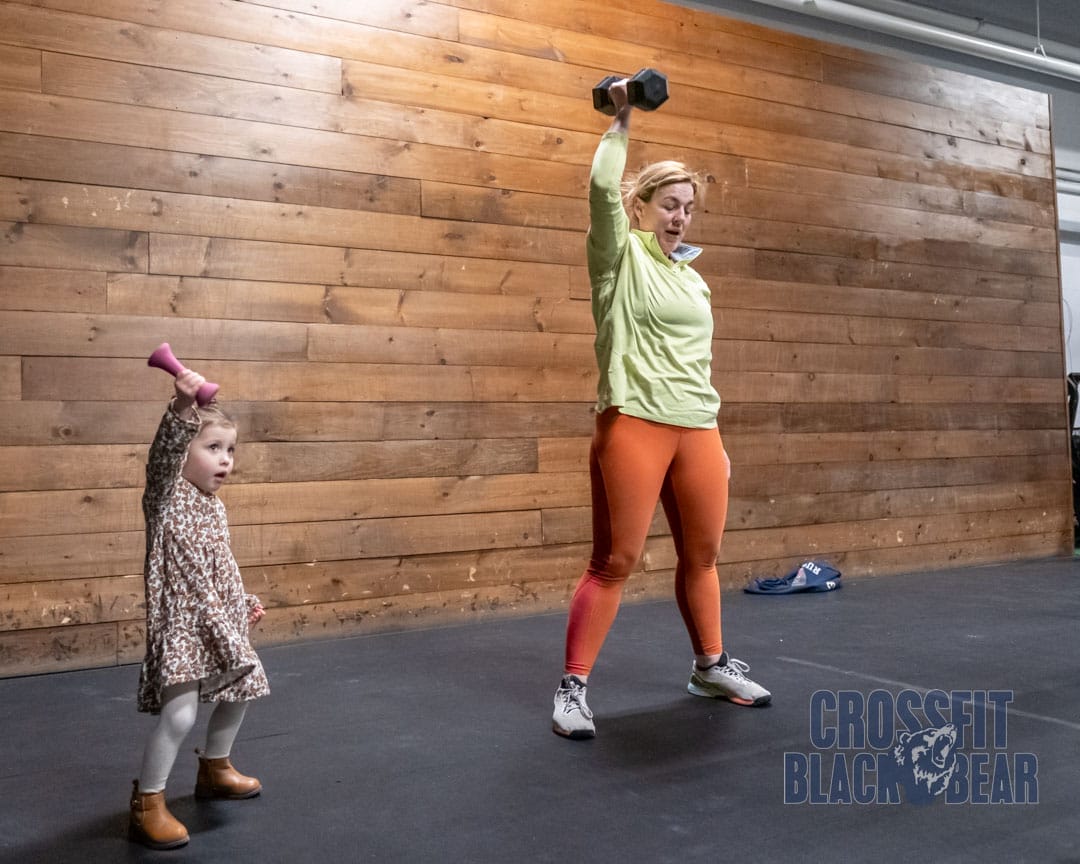
Gaining muscle mass is a goal for many, but it often seems complicated with various diet plans and workout routines. However, it can be quite straightforward, and it can be done at any age. Here’s a guide to the simplest and most effective way to gain muscle mass.
Muscle growth, or hypertrophy, occurs when muscle fibers are damaged during exercise and repair themselves. This process requires a combination of proper nutrition, strength training, and rest. It is simple but never easy. You need knowledge of nutrition and skills, the discipline to stick to a plan, and the ability to work hard enough for muscle fiber damage to occur.
Nutrition: The Foundation of Muscle Building
Proper nutrition is crucial for muscle growth. Focus on consuming a balanced diet rich in protein, carbohydrates, and healthy fats. Protein is especially important as it provides the amino acids needed for muscle repair and growth. Aim for 0.8 to 1.1 grams of protein per pound of body weight per day. For example, I weigh 182 lbs, so I need between 145g and 200g of protein daily. Carbohydrates are also essential as they provide the energy needed for workouts, while healthy fats support overall health.
Strength Training and progressive overload
Strength training is the most effective way to stimulate muscle growth. When you start, focus on compound exercises like squats, deadlifts, bench presses, and pull-ups. These exercises work multiple muscle groups simultaneously, leading to greater muscle activation and growth. Aim for 2 to 5 strength training sessions per week. One crucial aspect that often goes unnoticed is progressive overload.
Progressive overload is the gradual increase of stress placed on the body during training. It’s about challenging your muscles by increasing the weight, reps, or intensity of your exercises over time. This continuous challenge is essential for muscle growth, forcing your muscles to adapt and grow stronger.A simple yet effective way to apply progressive overload is through your workout structure. Here’s an example of a weekly routine workout that focuses on major muscle groups, using 3 to 7 sets of 8 to 12 reps for each exercise:
Monday:
3 to 7 sets of 10 reps HEAVY Goblet Squats or Front Squats
3 to 7 sets of 12 Dumbells or Barbell Bench Press
Wednesday
3 to 7 sets of 10 reps HEAVY Trap Bar Deadlift
3 to 7 sets of 12 HEAVY Bent Over Row or pull-ups
Friday
3 to 7 sets of 8-12 reps HEAVY Shoulder Press
3 to 7 sets of 8-12 reps of suitcase Lunges or Split Squats
The key is to choose a weight that makes the last few reps of each set very challenging. If you can easily complete all reps, it’s time to increase the weight. This ensures that your muscles are consistently being pushed to their limits, leading to hypertrophy.
As you get stronger, increase the weight or reps to maintain the challenge. This could mean adding 5 pounds to your bench press or aiming for an extra rep in your squats. The goal is to keep your muscles under tension and working hard.
Rest and Recovery:
Rest and recovery are often overlooked aspects of muscle building. Muscles grow when they are at rest, not during workouts. Ensure you are getting enough sleep each night, ideally 7-9 hours. Additionally, allow for adequate rest between workout sessions to give your muscles time to recover and grow.
If you like a free 4-week muscle mass CrossFit Black Bear Program, click HERE!
